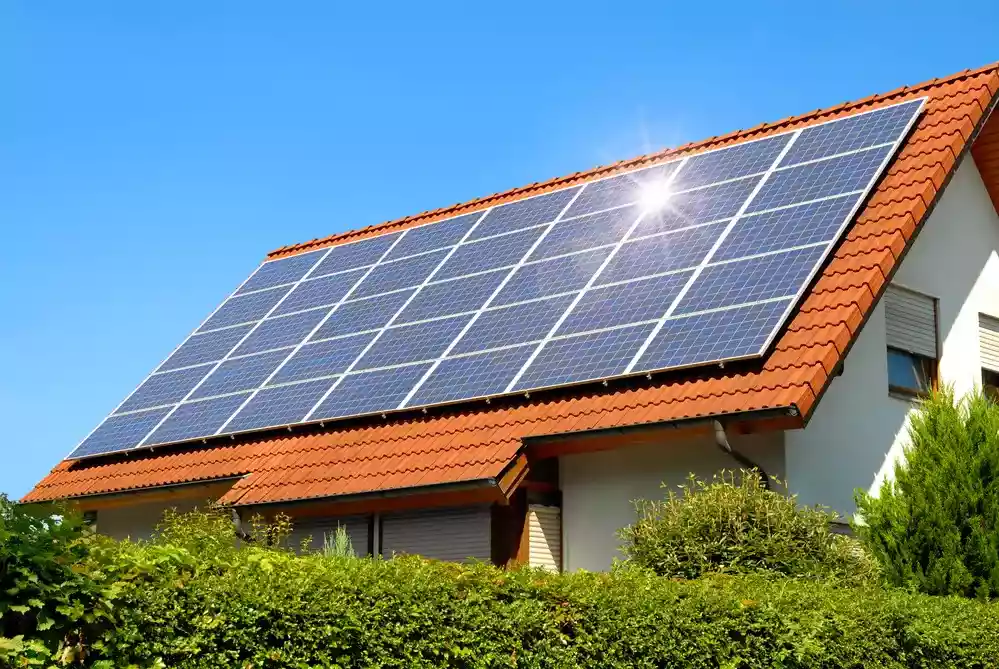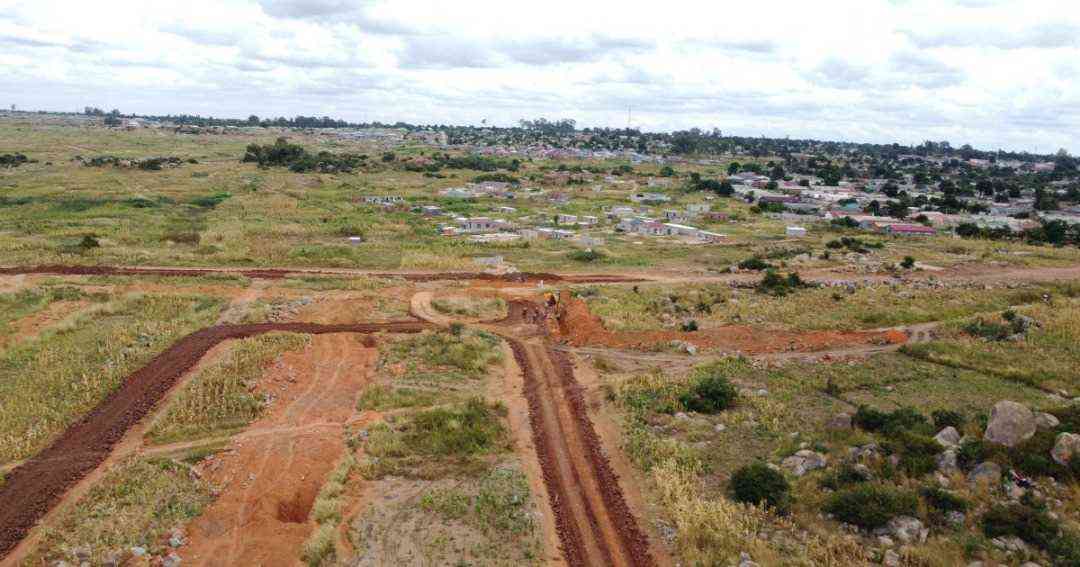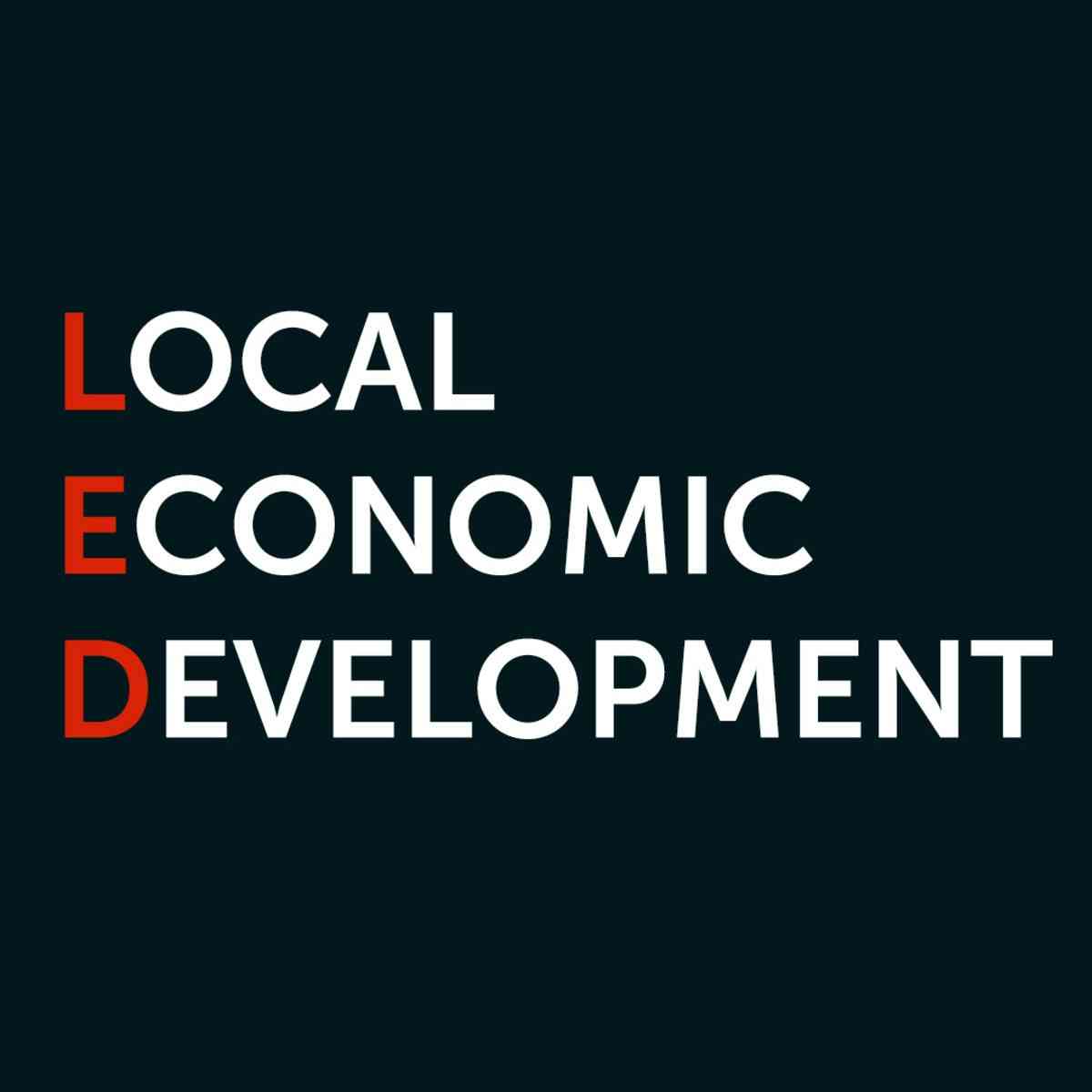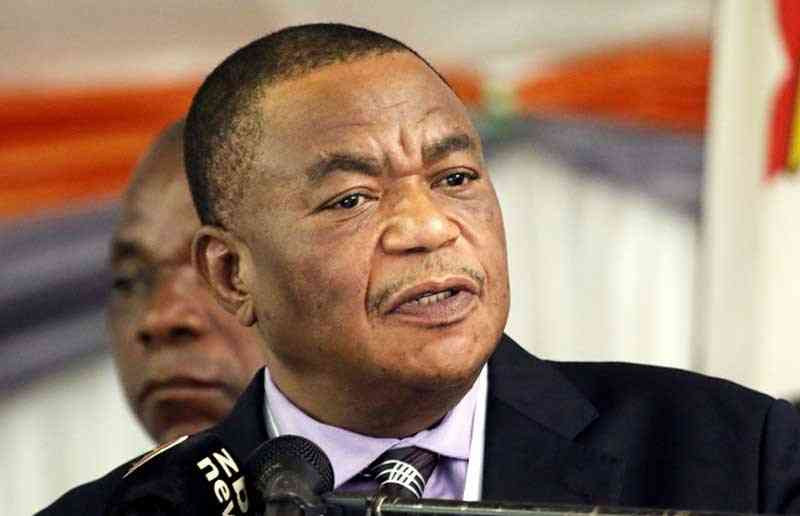
In many African cities, we often search far and wide for energy solutions — land for solar farms, rivers for hydropower, investors from across the oceans. But what if the solution we need is already above us?
Urban rooftops
Everywhere we go — across Harare, Bulawayo, Mutare, Chitungwiza and Masvingo, among others — we are surrounded by flat, sun-drenched roofs on schools, hospitals, shopping malls, warehouses, public buildings, churches, and even residential blocks. These rooftops are not just for shelter; they are platforms of opportunity — perfect for solar panels that can quietly power our communities.
This is not a futuristic dream. It is a practical, achievable, and urgent solution. Cities can — and should — rent out rooftops for renewable energy projects. It’s an idea whose time has come.
Why rooftop solar? The case for urban energy transformation
Zimbabwe has over 300 days of sunshine a year — one of the highest solar irradiance potentials in Southern Africa. At the same time, our energy deficit continues to grow, leading to frequent load-shedding, disrupted productivity, and missed economic potential.
*Rooftop solar allows us to:
*Utilise unused urban space
- Mavhunga puts DeMbare into Chibuku quarterfinals
- Bulls to charge into Zimbabwe gold stocks
- Ndiraya concerned as goals dry up
- Letters: How solar power is transforming African farms
Keep Reading
*Generate clean, decentralised electricity
*Reduce dependency on the national grid
*Create revenue streams for city councils and building owners
*Enhance climate resilience
*Empower local communities through energy access
In short, rooftop solar projects decentralise power, democratise energy, and drive green development—all without clearing a single hectare of land.
Revenue for cities, power for citizens
Cities across the world are generating revenue by renting rooftops to energy developers. Why not Zimbabwean cities?
Here’s a real example: In India, several cities like Pune and Ahmedabad allow solar companies to lease municipal building rooftops, paying rent while supplying electricity to the grid or directly to the building. In turn, the city earns income and reduces its electricity bills.
Our municipalities — from Harare to Gweru — could do the same. By turning rooftops into mini-power stations, they create a dual benefit: reducing the strain on the Zimbabwe Electricity Transmission and Distribution Company (ZETDC) and enhancing local financial autonomy.
A single large building can host up to 100 kW or more of solar PV capacity. Multiply that by hundreds of buildings, and you get megawatts of clean, local power — without touching the ground.
Schools, clinics, markets: Powering public institutions
Let’s take it further. Many schools in Zimbabwe lack stable electricity. Imagine if every public school had solar panels on the roof — powering classrooms, admin offices, water pumps, and computer labs. The same applies to rural and urban clinics that desperately need 24/7 power for refrigeration of vaccines, medical equipment, and basic lighting.
This model not only improves education and healthcare, but it also builds awareness and ownership of renewable energy from a young age. Children in Mhondoro, Gwanda, or Mutoko would grow up knowing how solar power works — not from textbooks, but from experience.
Job creation through rooftop energy
Green energy is not just about technology. It’s about people. And jobs.
The rollout of rooftop solar could unlock thousands of green jobs in Zimbabwe — from technicians and installers to maintenance workers, engineers, data analysts, and energy auditors. Youth can be trained under government programs or private-public partnerships, creating a green-skilled workforce that is ready for the continent’s clean energy revolution.
According to the International Renewable Energy Agency, solar energy creates more jobs per megawatt than any other power source.
This is a golden opportunity Zimbabwe cannot afford to ignore.
Policy support is key
For cities to rent rooftops successfully, we need enabling policy. I call upon the Energy and Power Development ministry, the Zimbabwe Energy Regulatory Authority and local authorities to act boldly.
We need to:
- Establish a National Rooftop Solar framework with guidelines on leasing, tariffs, safety standards, and net metering.
- Introduce rooftop renewable energy incentives — such as tax breaks or feed-in tariffs for rooftop projects.
- Create municipal renewable energy units to manage public buildings’ rooftop rentals and partnerships.
- Mandate solar in new urban development — especially for large estates, shopping complexes, and government housing.
If we do not act now, we risk missing out on billions of dollars in investment and decades of progress.
Overcoming challenges: Financing and integration
Yes, challenges exist — chief among them being finance and grid integration. But these are not impossible to overcome.
Innovative financing models such as power purchase agreements, lease-to-own, and green bonds can unlock private capital.
Micro grids and battery storage can ensure power is used efficiently and stored for nighttime use.
Smart metres and net billing allow excess solar energy to be fed back to the grid or used by neighbouring buildings.
We must stop seeing barriers as dead ends. Instead, see them as detours toward innovation.
Citizen participation: A pillar of SDG 7
As I wrote in Citizen Inclusivity in Renewable Power Generation, the future of energy is not only technological — it is participatory. Citizens must not only consume energy — they should co-own it.
Through community solar programmes, rooftop cooperatives, and residential solar schemes, families can generate their own electricity, lower their bills, and even sell excess power to the grid.
This is how we build energy sovereignty—and a just transition that leaves no Zimbabwean behind.
The vision ahead: 2035 and beyond
Zimbabwe has already set a national target to develop a US$16 billion renewable energy sector by 2035. Rooftop solar will play a critical role in achieving this goal—alongside utility-scale solar farms, wind energy, and small hydro.
Let us also remember the global context. The world is watching how Africa—particularly Zimbabwe—responds to the dual crises of climate change and energy poverty. We can either be passive observers—or bold pioneers.
I choose the latter.
Conclusion: Let the sun work for us
The sun rises over Zimbabwe every morning with a quiet promise. It lights our cities, warms our homes, and sustains our crops. Now, it’s time to make it power our future—from the rooftops down.
Let cities stop viewing roofs as just shelter. They are platforms of transformation, economic revival, and energy security. Let mayors, council leaders, and private landlords open their rooftops—and their minds.
We do not need miracles. We need bold leadership, smart policy, and community will.
The sky is no longer the limit. It is an opportunity.
Let’s rent it.
Let’s power it.
Let’s own it.
Dr Engineer Edzai Kachirekwa is a renewable energy expert, CEO of Power Giants Private Limited Zimbabwe, and a 2025 National Hall of Fame inductee for his outstanding contribution to Africa’s clean energy transition.











